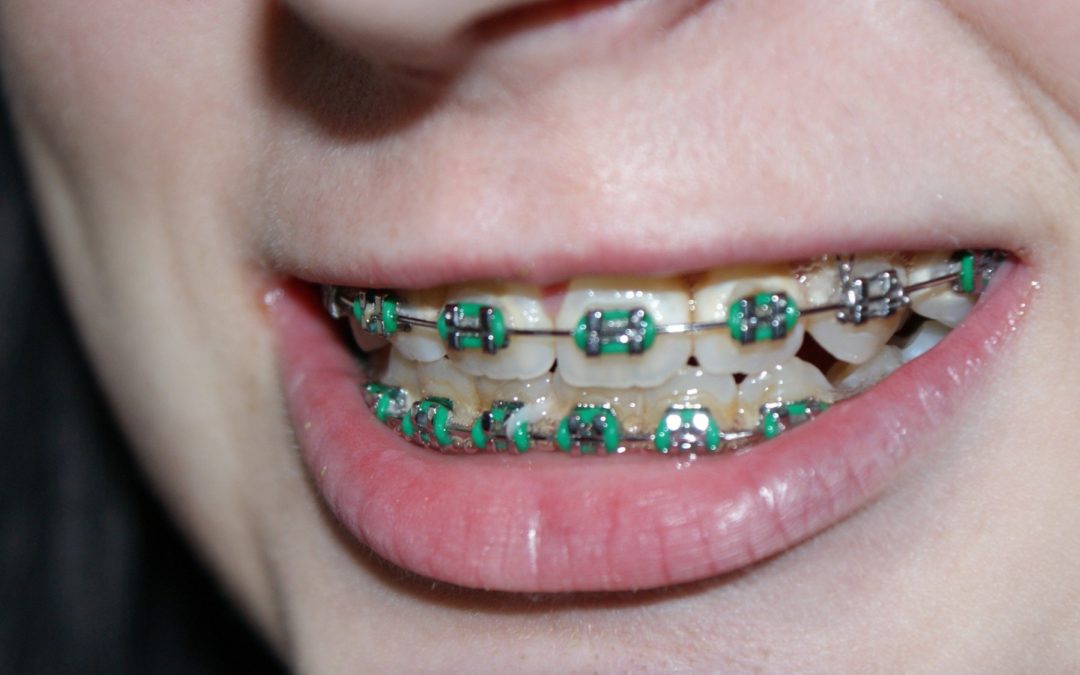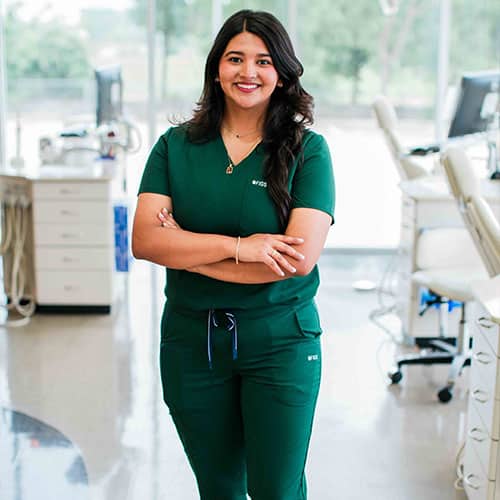Wearing braces seems like a rite of childhood. Yet, out of the four million Americans wearing braces, 25% of them are adults.
While it’s completely fine to wear braces as an adult, it’s often a smarter idea to head to the orthodontist before you reach adulthood. The problem many parents struggle with is wondering what age should you get braces for your kids.
However, before you head to an orthodontist, it’s also a good idea to educate yourself first. That way, you can feel you’re making the best decision for the health of your child and your budget.
Keep reading to learn what age you should consider bringing your child to an orthodontist to get braces.
What Age Should You Get Braces?
While some people might assume there’s an age limit for how young a child can be before they get braces, that’s not really true.
There’s really no set age to take your child for a consultation to the best orthodontist. In fact, if you are taking your child to the dentist for regular check-ups, there’s a good chance the dentist will be the first to notice if there is a need for orthodontia.
Visit an Orthodontist After Most Baby Teeth are Gone
However, the general rule of thumb to see an orthodontist for children is around the time when their permanent teeth begin to come in. By this point, if there are any issues with the child’s teeth, it will become more apparent.
If you’re an adult, any age is the perfect time to get that perfect, healthy smile you deserve.
Why Someone Should Get Braces
There are a number of reasons why a child (or you) may need braces such as:
- Crooked teeth
- Overlapping teeth
- Overcrowded teeth
- Overbite
- Underbite
It’s also possible someone needs braces due to tooth and/or jaw problems. These are often caused by losing baby teeth too early, adopting bad habits such as sucking their thumb or an accident.
However, it’s also possible someone needs braces because it’s an inherited trait. If you or others in your family wore braces, there’s a good chance your child will, too.
Signs Your Child May Need to See an Orthodontist
From birth to the age of 10, a child goes through growth phases that shape important structures of their head and face. When a baby is born, the skull is made of softer material that’s the same as the cartilage in our joints.
The cartilage then converts into bone as the child grows until it forms an adult skull.
Problem Teeth in Childhood Can Lead to Health Issues as an Adult
There are certain signs that can indicate your child may be at risk for problems such as ill-health and/or sleep disorders in the future if left unattended such as:
- Slumped posture
- Poor sleep
- Mouth breathing
- Snoring
Dark circles or venous pooling under the eyes can also indicate there is an underlying problem that orthodontia can fix.
What to Expect When Visiting an Orthodontist for the First Time
You do not need a referral from your dentist to go to the orthodontist. However, your dentist can recommend a good orthodontist.
At the initial visit, the orthodontist will carefully examine the gums, teeth, and jaw. He or she will ask the patient to bite their teeth together and ask a serious of questions to see if there are any additional issues such as problems with chewing or if there’s any popping of the jaw.
X-rays may be taken to view the position of the teeth and to find out how many permanent teeth still have yet to come in. The orthodontist may also take a mold which can help the orthodontist decide on the proper treatment.
Typical Treatment Options for Kids
Some orthodontists believe that using a two-phase approach is best. It’s known as an interceptive approach and involves using dental appliances.
Dental appliances do not necessarily mean braces and it’s applied when your child still has most of his or her baby teeth. When most of their adult teeth come in, the second phase begins, usually with the child receiving braces.
Some orthodontists believe the two-phase approach lessens the amount of time someone needs to wear braces and makes it easier. Meanwhile, other orthodontists believe it actually increases the total time.
Types of Braces Available
The best orthodontist will know which appliance is best to treat your child’s specific dental problem. But thanks to advances in dental technology, now the patient has a few choices.
Braces now come in three varieties:
Brackets
Brackets are the most popular and are either made from metal or plastic that’s bonded to teeth. This makes them far less noticeable than traditional braces.
Lingual
Lingual braces are brackets that attach to the back of teeth making them entirely hidden from view.
Bands
Bands are the most traditional and noticeable. They cover most of the teeth with metal bands.
All three options use brackets, wires, and rubber bands to move your child’s teeth to what will be their permanent position.
While clear removable braces are available, they aren’t the right choice for many patients.
Length of Time to Wear Braces
Just like at what age should you get braces differs, how long someone will have to wear them depends on their treatment plan. The more complicated the issue and the older the patient is, the longer the period of treatment tends to be.
Most patients wear full braces for a period of time lasting between 18 and 30 months. Most also then have to wear a retainer for anywhere from a few months up to two years to ensure their teeth don’t move again.
It’s also possible the patient may need to wear a permanent retainer to keep their teeth straight. And making sure the patient is aware of the dos and don’ts of wearing braces.
Learn More About Our Services
What age should you get braces depends on the patient.
We’re here to help guide you every step of the way no matter how old you are. Click here to learn more about our services.




